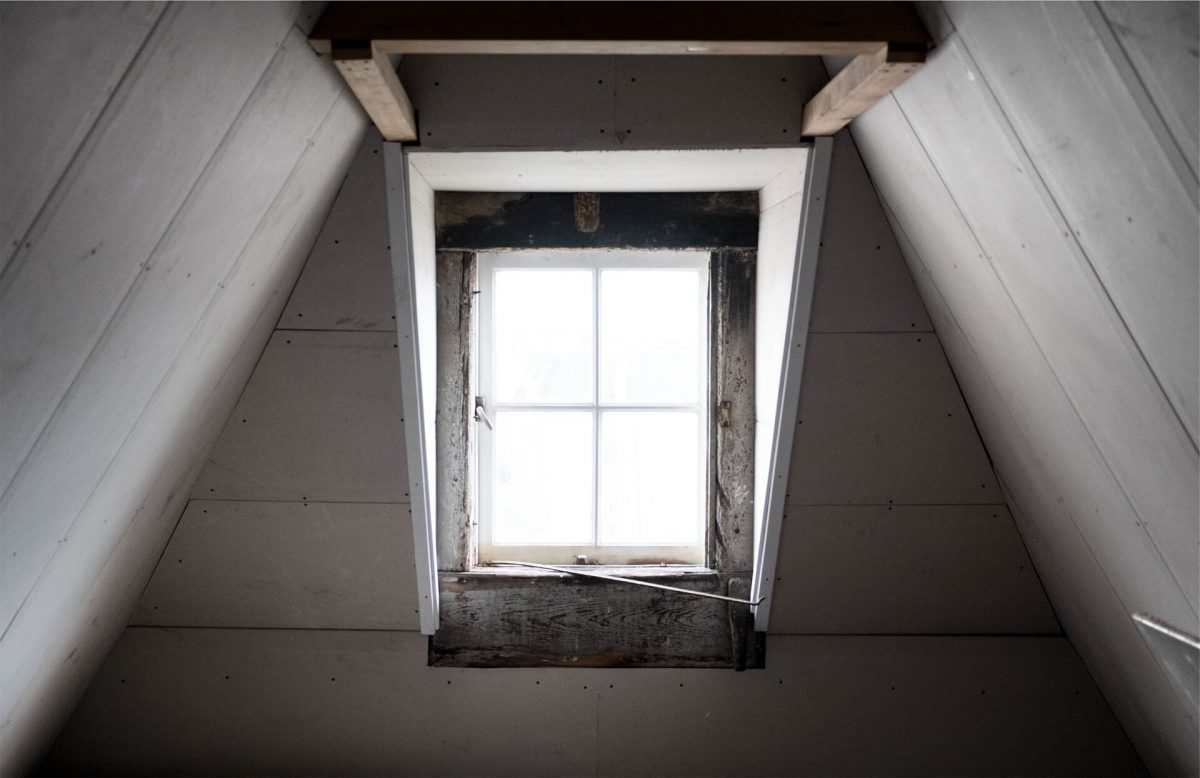Loft insulation is an insulating barrier between your roof and the outside space, helping protect and better insulate the building envelope. By improving the barrier between the interior and exterior environments, the air tightness of the property will also be vastly improved, bringing a host of benefits. Insulation can either be laid between the joists (the horizontal beams along the floor of your loft) or the rafters (the angled beams that support the roof), or even both.
If your loft is not well insulated, much of the heat from your home will quickly escape out of the roof. Heat rises, which means loft insulation can be even more important than wall insulation or floor insulation, when it comes to maintaining and maximising the heat your property already has.
Insulating your loft could save you lots of money on your heating, as the heat in your home will escape less quickly, meaning the boiler will not need to work as hard to keep the property heated.
What Are The Advantages Of Loft Insulation?
The biggest advantage when it comes to loft insulation is that your home will run much more economically and much more efficiently in terms of heating. Your heating bills will be lower and your home will run more efficiently because the heat in your home will stay there for longer instead of escaping through the roof.
Insulating your loft also means that you are helping the wider world and doing your bit for the environment. Lower heating bills are great in themselves, but they also mean that you’re using less energy and therefore reducing your carbon footprint. Insulating your loft will also mean that you will be increasing your home’s value, if and when you come to sell.
With the vast majority of properties in the UK using gas boilers, by using yours less and allowing it to work more efficiently means that less gas and electric is used in the process of the boiler performing its necessary duties in your home.
How Much Does Loft Insulation Cost?
It could cost as little as £50 for DIY insulation in the loft of an average, semi-detached, three bed house. With costs this low you could have recouped your spending in less than a year thanks to lower heating bills.
There are also various grants and schemes which can help cover some and, in some cases, all of the associated material and installation costs. For example, the UK government’s Green Homes Grant covers the cost of installing insulation, to make your property more energy efficient up to a value of £5,000-£10,000. This all part of a drive to get the UK’s homes more energy efficient, and a lot more carbon neutral.
Why Do I Need Loft Insulation?
In an uninsulated home, around a quarter of the heat lost from the house is lost through the roof. Heat rises, which means you will always be losing a large amount of heat through the roof in your house. Fitting insulation to your loft or attic space is a great way to make your home naturally warmer. It can also help with sound insulation, giving the added benefit of adding a little more privacy to your property.
Loft insulation is very affordable to have fitted and could save you a huge amount of money on your healing bills in the long term. If you make use of the likes of the government’s Green Homes Grant, the savings will be immediate. Insulation can last for 40 years, which means you have plenty of time to get back the money you spent in that initial investment.
I Use My Loft: Can I Still Insulate It?
Lots of households use their loft space as storage, but don’t worry, this doesn’t mean you can’t insulate it. If you want to insulate the space between your joists, you have the option to fill the space with mineral wool and the fit wooden boards over it to cover the insulation.
If you want to insulate the floor of your loft you have the option to raise the floor level slightly and pack the newly made space with insulation. This way you still benefit from the space in your loft but it will also be well insulated, saving you money and energy.



